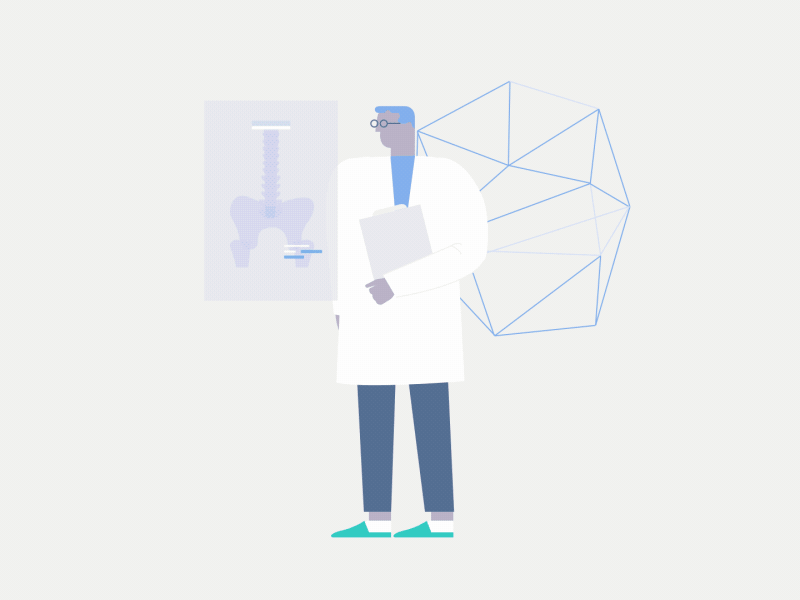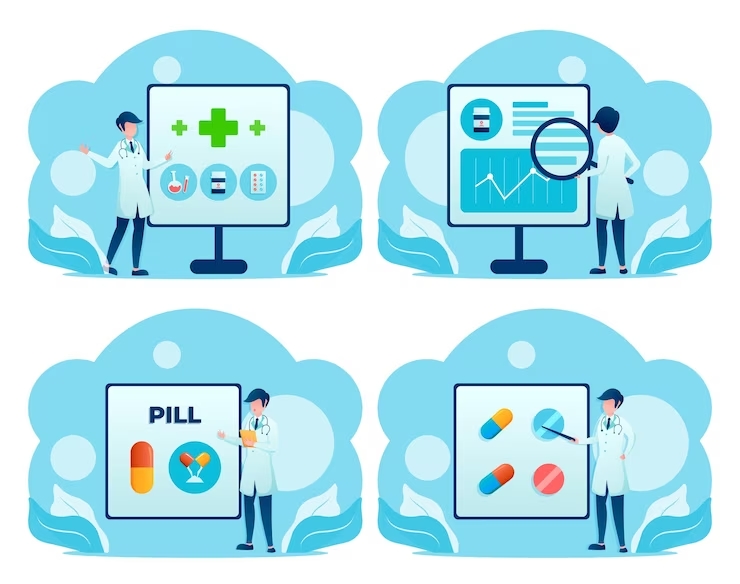In a survey by the Office of the National Coordinator for Health Information Technology, over 90% of hospitals in the United States have implemented an EHR system. The ability to access this data quickly and efficiently has made EHRs a valuable tool in clinical decision-making.
From patient histories to diagnostic test results, EHRs offer healthcare providers a wealth of data that can be used to make informed decisions about patient care.
Clinical decision-making is a critical healthcare process involving evaluating patient information, making a diagnosis, and developing a treatment plan. The quality of clinical decision-making directly impacts patient outcomes, and therefore, healthcare providers must have access to accurate and timely patient data to make informed decisions.
With EHRs, healthcare providers can access a patient’s complete medical record, including diagnoses and treatments. This comprehensive view of a patient’s health status can help healthcare providers make more informed decisions. EHRs can provide decision support tools, such as alerts and reminders, to identify potential medication errors.
EHRs also enable healthcare providers to share patient data with other care team members, including specialists, nurses, and pharmacists. This collaboration and information-sharing help ensure that all care team members access the same information, resulting in better-coordinated care.
EHRs capture all patient medical history aspects, including diagnoses, treatments, medications, and laboratory results. This holistic view of a patient’s medical history helps healthcare providers make more informed decisions and reduce the risk of medication errors. EHRs also enable healthcare providers to identify potential interactions between medications or treatments, which can impact patient outcomes.
EHRs also provide real-time data access, which is critical in clinical decision-making. Providers can access patient data quickly, allowing for faster diagnosis and treatment. EHRs also enable providers to make decisions based on the latest patient information, leading to more accurate and informed decisions. This real-time access to patient data is especially critical in emergencies, where every minute counts.
One of the essential features of EHRs is their ability to integrate with other systems and exchange data seamlessly. Interoperability enables healthcare providers to access patient data from multiple sources, including hospitals, clinics, pharmacies, and labs. This feature is essential in clinical decision-making, as it provides a comprehensive view of the patient’s medical history and enables providers to make informed decisions.
EHRs capture and store patient data in a structured format that is easy to access and analyze. Structured data enables healthcare providers to search and retrieve patient information quickly, leading to faster and more accurate clinical decision-making. In addition, structured data can generate reports and analytics, providing insights into patient health trends and outcomes
EHRs also provide decision-support tools that help healthcare providers make informed clinical decisions. These tools include alerts, reminders, and clinical guidelines based on the latest evidence-based medicine and best practices. Decision support tools can help providers avoid medication errors, reduce the risk of adverse drug reactions, and improve patient outcomes.
Real-time data access is another crucial feature of EHRs that supports clinical decision-making. With EHRs, healthcare providers can access patient data in real-time, enabling them to make informed decisions quickly. Real-time data access is essential in emergencies, where every minute counts.
EHRs allow patients to access their medical records and communicate with their providers. Patient portals improve patient engagement and allow patients to participate actively in their care. Patients can access their medical records, schedule appointments, request prescription refills, and communicate with their healthcare providers, leading to better health outcomes.
Electronic Health Records (EHRs) have been implemented successfully in many healthcare settings worldwide. This section will discuss real-life examples of successful EHR implementations in clinical decision-making.
As a result, Intermountain Healthcare saw a 35% reduction in sepsis mortality rates, a 23% reduction in ICU length of stay, and a 25% reduction in readmission rates. The new EHR system also helped Intermountain Healthcare save over $100 million in healthcare costs.
As a result, Kaiser Permanente saw a 26% reduction in heart failure mortality rates, a 15% reduction in hospitalization rates, and a 13% reduction in the cost of care. The new EHR system also helped Kaiser Permanente save over $1 billion in healthcare costs.
As a result, Singapore General Hospital saw a 28% reduction in the length of hospital stays, a 10% reduction in readmission rates, and a 20% reduction in the cost of care.
What sets KiviCare apart is its adaptability. As a WooCommerce-integrated theme, KiviCare enables you to create a profitable eCommerce website. Furthermore, the Elementor Page Builder and Slider Revolution Responsive WordPress plugins allow you to create a visually stunning website in a matter of minutes.
So, if you’re a medical professional looking for a reliable partner to assist you in achieving clinic success, look no further than KiviCare – the ultimate WordPress theme for medical professionals!






